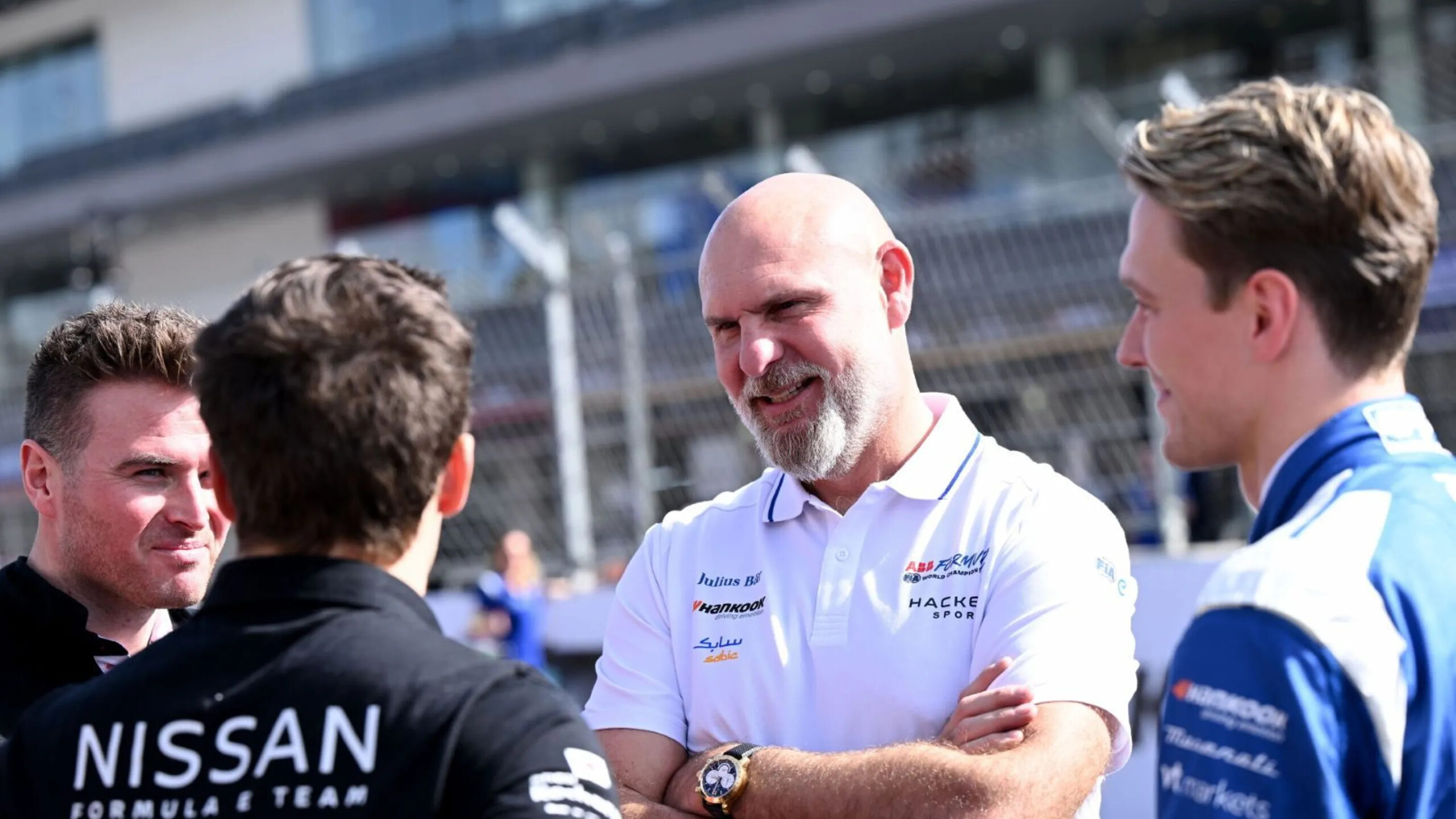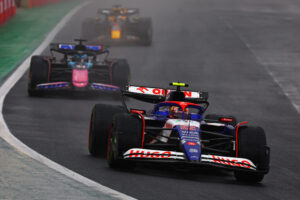Jeff Dodds and Alberto Longo on the progressive trajectory of circuit selection within Formula E in Misano.
Initially conceived as a series aimed at bringing motorsport to the largest cities in the world, over the years more permanent circuits have been introduced, including Misano – as reserve circuits to avoid disruption.
Longo: Balancing Tradition with Technological Advancement
Alberto Longo was the first to speak. “I don’t think we’re losing our identity; we remain focused on racing in the heart of the world’s biggest cities.”
“But obviously, the technology of these cars is advancing so rapidly that while we could race in some circuits before, it will be impossible in the future. It’s not so much a safety issue but an entertainment one, and there will be some permanent circuits that will provide better entertainment than the cities we raced in before.”
Technology and calendar organization must go hand in hand to balance both the budget and the diversity of events on the schedule.
“Our DNA still includes wanting to race in the world’s biggest cities, and the first thing we ask when we receive a proposal from a new city is to be able to race in the city center,” concluded Alberto Longo.
Jeff Dodds Insights
Excitement charges up as we gear up for our debut at the Misano World Circuit this weekend, April 13-14. Join us for the next 2 rounds in our most competitive season yet! Plenty of potential for 2 new race winners – can’t wait. 🏎️⚡ #MisanoEPrix #FormulaE #ElectricFuture pic.twitter.com/cSargC4U0w
— Jeff Dodds (@JeffFormulaE) April 12, 2024
According to Jeff Dodds, there are at least three good reasons why Formula E is changing course: “I would like to add three things: firstly, it would probably be boring if we had the same type of races (city or permanent) every weekend. You don’t want to see 17 Misano races, but I believe you wouldn’t want to see 17 races in San Paolo either, but different types of circuits.”
The changes dictated by economic returns must be fundamental for the success and safeguarding of a championship that is in its tenth edition but still needs to break many paradigms to convince more people to follow it.
“Furthermore, if we were to reuse the circuits from the first season to run Gen 3 cars, it wouldn’t be possible to race; there would be too many incidents, and we would have to stop (with a red flag) every single race. We need to evolve.”
This adaptability not only ensures the sustainability of Formula E but also underscores its commitment to innovation and progress within the realm of electric racing.
Balancing Costs and Returns with mixed events
“And finally, and we shouldn’t be embarrassed to say it, let’s think about the cost of racing in Tokyo: for the first time, we closed the streets of one of the most expensive cities in the world for a motorsport event; it was an incredible investment on our part. Instead, racing on an existing circuit is much less expensive for us. We need to balance costs with economic return.”
“These are the three fundamental factors: variety in circuits because we believe it’s useful to test the capabilities of the car; the fact that the cars are improving so much that they couldn’t race on half of the circuits we used in the past; and finally, we need to balance investments and make sure we’re growing in the right direction,” concluded Jeff Dodds.






